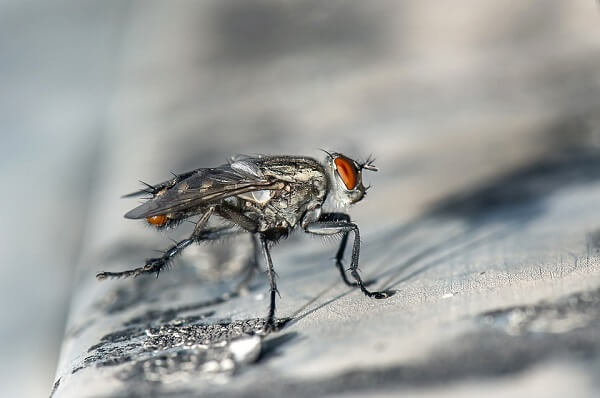 Literary Devices
Literary Devices
Literary Devices
Literary Devices

 Literary Devices
Literary Devices
Literary Devices
Literary Devices

Study the poem for one week.
Over the week:
Poets often use literary devices, defined as 'rules of thumb, convention, or structure that are employed in literature and storytelling.'
The nine literary devices we'll study include:
Onomatopoeia is a literary device whereby an author uses a word that sounds like what it represents, such as 'gurgle' or 'hiss.'
Activity 1: Recite Poem Information
Recite the title of the poem and the name of the poet.
Activity 2: Study the Poem Picture
Study the poem picture and describe how it relates to the poem. How does the image differ from the poem?

Activity 3: Recite the Poem
Practice reciting the poem aloud.
Activity 4: Identify Onomatopoetic Examples
Read aloud the examples below and identify the onomatopoetic words.
Activity 5: Identify Alliteration
Review the poem and point out any instances of alliteration.
Activity 6: Identify Similes
Activity 7: Identify Personified Object(s)
Review the poem and identify anything personified.
Activity 8: Identify Onomatopoetic Words
Review the poem excerpts and identify the onomatopoetic words.
Activity 9: Complete Book Activities
